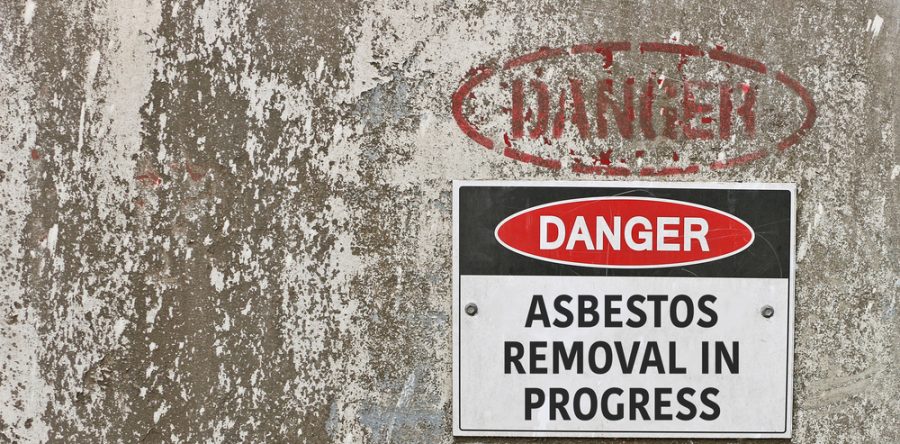It has been established that many homes built in the United States prior to the 1980s were created with some asbestos-containing materials. Many of these dangerous materials can still be found in houses and apartment buildings. A duct system is a common place in these older homes where asbestos may be discovered. Asbestos exposure by inhalation can lead to diseases, which includes asbestosis, mesothelioma and lung cancer. Let’s look more at asbestos and what happens if asbestos is found in your home during an inspection.
What Is Asbestos?
According to the United States Environmental Protection Agency, asbestos is a mineral fiber that occurs in rock and soil. There are a number of different asbestos fibers and a specific type of microscope is required to make a positive identification of asbestos. This mineral has beneficial insulating and fire retardant properties, which is the reason many industries commonly added it to their homebuilding products. In fact, asbestos was commonly used in many home-building products throughout the 1900s.
Specific Place Asbestos Can Be Found in the Home
- Roofing
- Wall and ceiling joints with textured paint
- Fireplaces in which artificial ashes and embers were used
- Older products, such as stove-top pads, may have some asbestos compounds
- Floors originally protected with asbestos paper or covered with vinyl floor tiles coated with asbestos material
- Hot water and steam pipes covered with an asbestos blanket or tape
- Ducts
Home Inspection Reveals Asbestos. Now What?
If asbestos is found in your home, here are some possible outcomes:
- If the asbestos found in your home is friable, it is dangerous. Friable means that the asbestos is easily crumbled or can simply be reduced to a powder. When this happens, the fibers will become airborne particulates and a dangerous health hazard. When inhaled, the fibers become trapped in the mucous membranes of the nose and throat, and pass deep into the lungs where it becomes trapped and can cause health problems. At this point, it would be best to hire a certified abatement contractor to perform asbestos removal work. They will be equipped with the proper appropriate respirators, disposable coveralls, disposable gloves and boots to prevent exposure and harm to themselves. Be sure to vet any potential contractor for official license and certification.
- Non-friable asbestos is generally tightly bound in a way that prevents it from being released into the air. In this from it can be safely maintained by being enclosed to protect the occupants of the home from potential hazardous release of any fibers. It is important to note that the non-friable asbestos can become friable through disruption and poor maintenance, and as such, it should be monitored for signs of deterioration and damage.
- It could happen that a slightly damaged asbestos-containing material, such as small tears in pipe insulation, can be repaired instead of being removed. A sturdy, airtight barrier could make for a temporary solution, and encapsulants can be applied in a liquid form providing a seal against the release of the fibers.
Contact DCM Environmental Testing
If your house was built before 1980, it is a good idea to have asbestos testing done to determine if there could be a potential health hazard in your home. DCM provides the Boston MA area with asbestos testing. Once the results come back, we will work with you to determine a solution. Contact us today to learn more!



